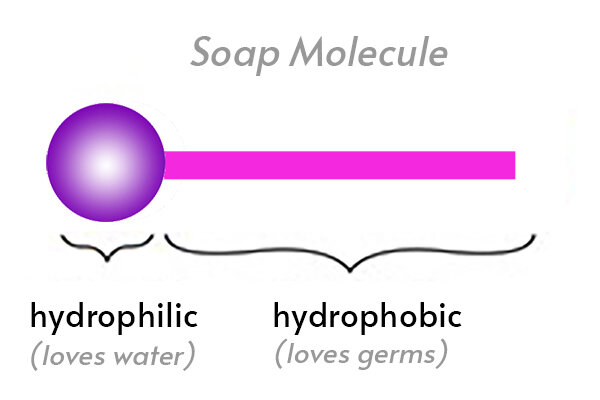KEEP YOUR HANDS CLEAN
Many stores are reporting a shortage of disinfectant products or any liquid soaps, so now is the perfect time to use that bar soap that’s been sitting pretty by your sink. Washing your hands with either liquid or bar soap for even just 20 seconds is effective. Some people prefer liquid soap because of the fact that you’re sharing the bar soap with others. Many would think that bacteria on soap would pass on to the next person. However, a widely cited American Journal of Public Health report from 1965 found that the bacteria doesn’t seem to transfer to the next user stating, “…the greater threat is not washing your hands thoroughly.”
KEEP KITCHEN AREA CLEAN
Dishes and silverware are kinda gross when you think about it.. But, it’s important to wash thoroughly. If your dishwasher has a sanitize setting.. USE IT! We often forget about the conveniences of life and continue to fall into old habits.
KEEP YOUR BATHROOM CLEAN
Toothbrushes, toilets and showers. Use this extra free time in quarantine to clean areas like this you may not have thought of. Maybe toss out your toothbrush if it’s looking a little used. Vacuuming carpets, mopping floors, wiping countertops, dusting, etc. will keep you plenty busy during this time.
EVERYWHERE ELSE
At every entrance leave a bottle of hand sanitizer. Before AND after leaving, is also a good idea. These new habits will be something that will fundamentally change how we perceive our former (less clean and closer) ways of doing things. To reduce germ spread in home settings, alcohol-based hand sanitizers are recommended as a component of hand hygiene. For alcohol-based hand sanitizers, the Food and Drug Administration (FDA) recommends a concentration of 60% to 95% ethanol or isopropanol. Ours boasts 62% alcohol with added goodies. ;-)







